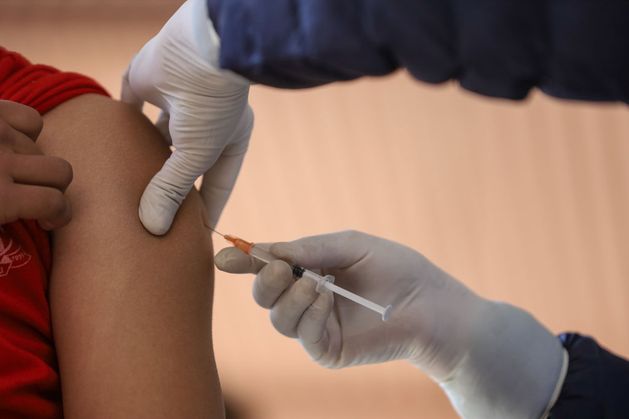Children have been found to have a high degree of protection due to vaccination and infection, the findings show.
The blood samples of 2,709 children were looked at as part of the seroprevalence study to measure antibodies to Sars-CoV-2 which are detected after vaccination or natural infection .
It found estimates were high, at more than 90pc among children, and particularly among older age groups, from 12 to 17 years, where they were 99pc.
This is likely to “suggest a high degree of protection against severe disease,” the report from the Health Protection Surveillance Centre said.
“These results are generally applicable to the paediatric population in Ireland in terms of sex and age group.”
The study was carried out between February and June last year.
The presence of antibodies was also high in adults last year and comparable to children.
The rate in children last year was higher than in January 2022 due to the ongoing transmission of the virus.
In the current study, the seroprevalence gap between adults and children has closed, with seroprevalence only marginally higher in adults compared to children.
In this study, the high proportion of children who were detected with antibodies to the nucleocapsid protein reflects the extent of natural infection that has occurred among them in this country, it said.
As of last June, over 90pc of people in Ireland aged over three were estimated to have “detectable antibodies to Sars-CoV-2” demonstrating some level of protection against severe disease.
People over the age of 65 remain at higher risk of serious illness from Covid-19 if they have not been vaccinated. Also at higher risk are people with weakened immune systems.
The study said that since 2020, when the pandemic started, the rapid evolution of variants associated with increased transmissibility and lower rates of hospitalisations in combination with wide access to Covid-19 vaccination, has likely contributed to high prevalence estimates in the general population.
The findings provide important information for deciding which age groups should be offered Covid vaccines.
The most recent figures for the spread of Covid this winter show that in the second week of January activity remained at low-moderate levels.
There was a fall in people testing positive and hospitalisations compared to the first week of the year.
Cases decreased by 17.8pc, from 219 to 180. Hospitalised cases went down by 16.2pc, from 68 to 57.
The XEC variant is now the dominant strain circulating.
This winter was a particularly bad flu season as cases soared, although they are now continuing to drop.
In the second week of January, flu levels remained very high. Over 100 people with the virus were admitted to intensive care over the course of the winter. There had been 56 flu-related deaths reported although that number will increase as more fatalities are notified.
